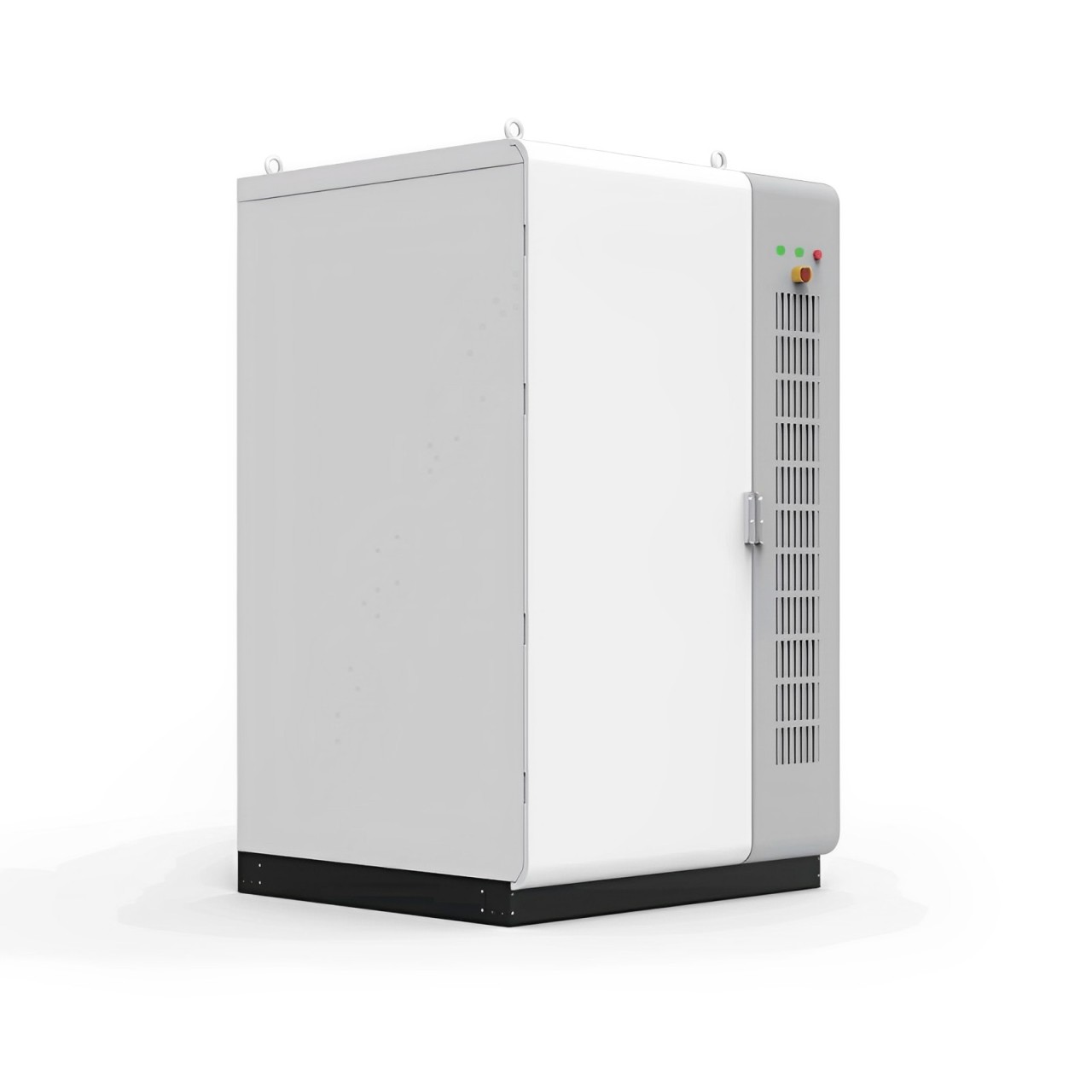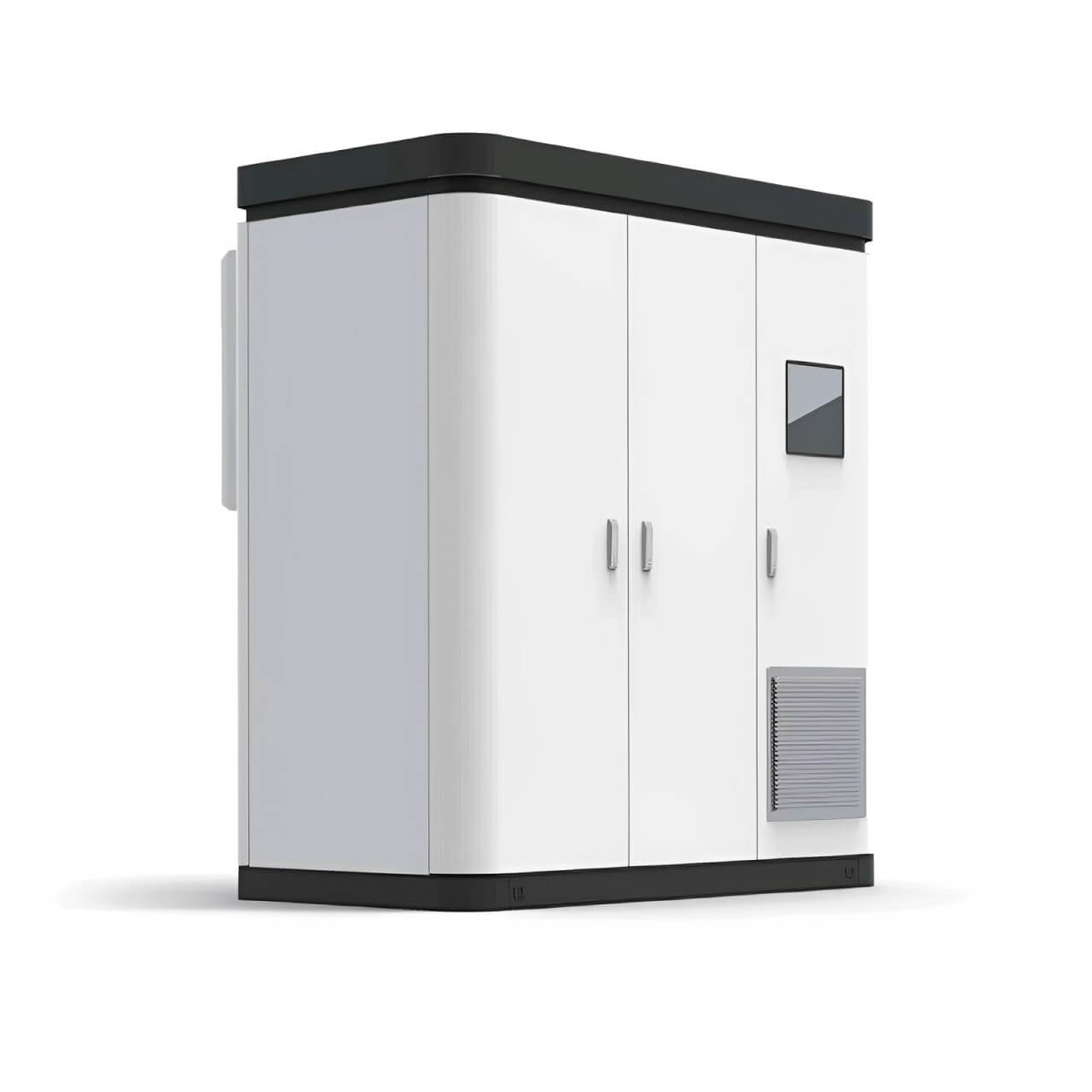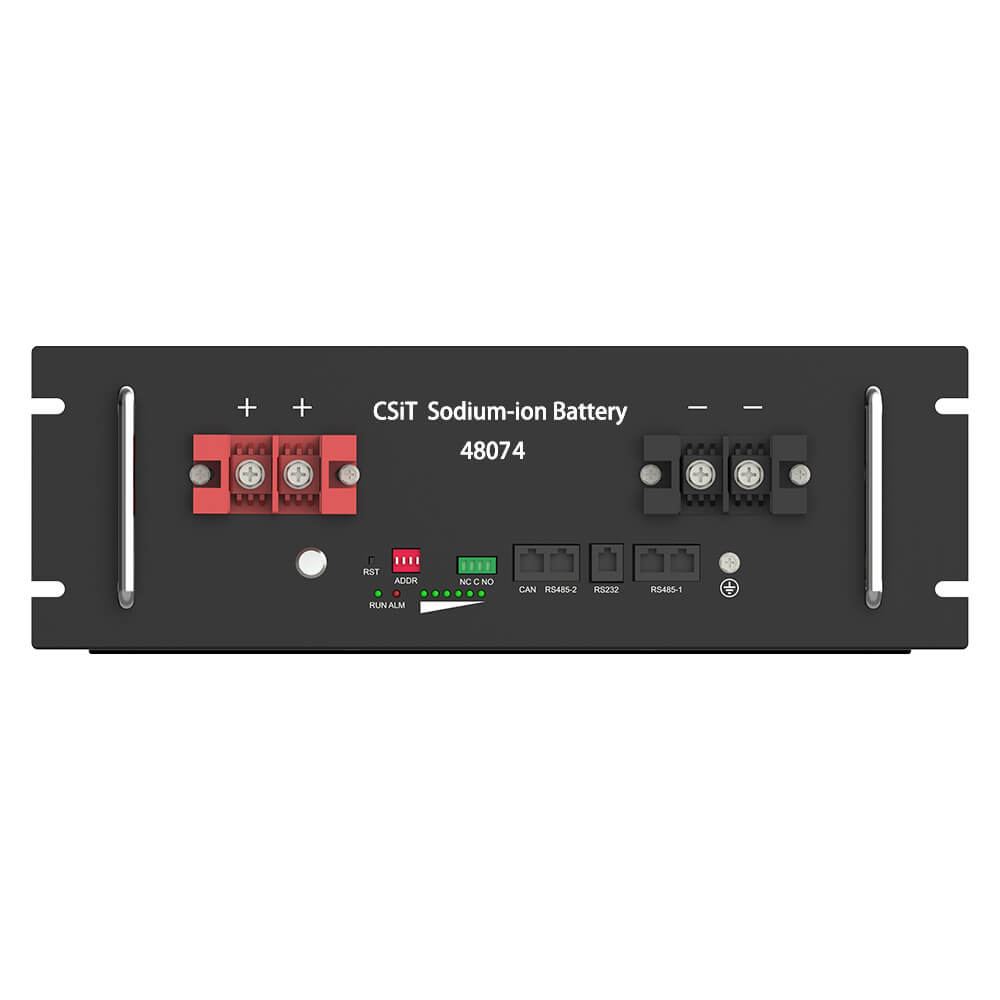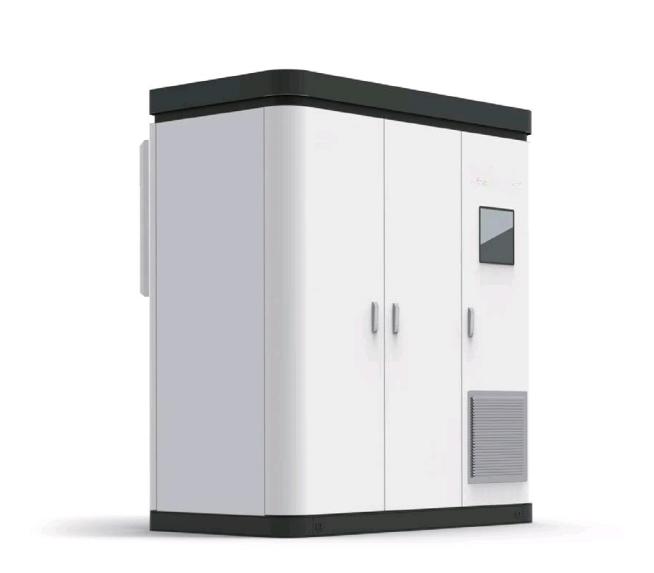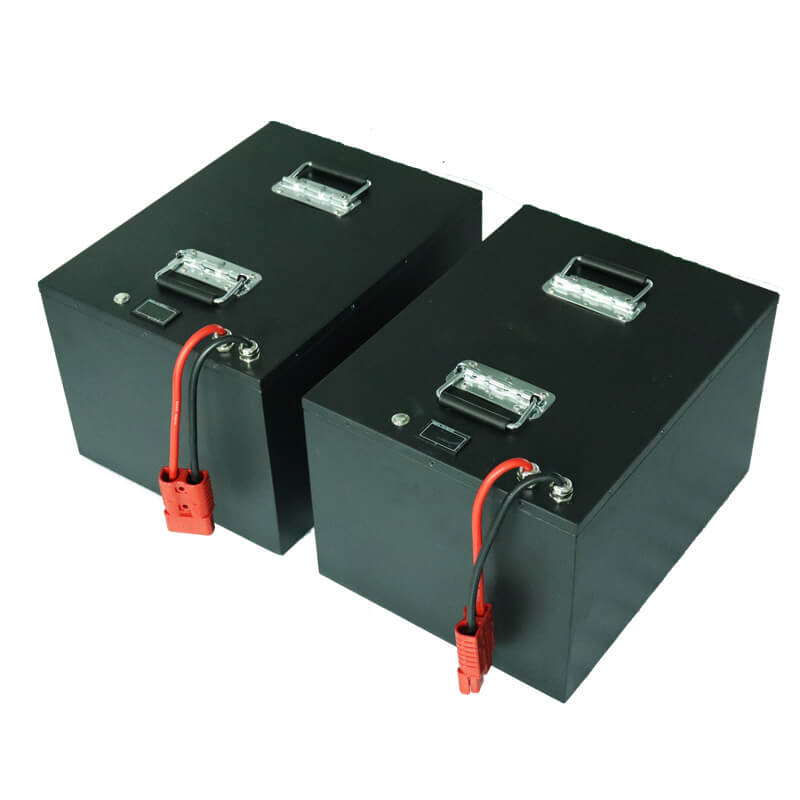Sodium batteries in electric vehicles;
lithium currently dominates the battery space, used in cell phones, electric vehicles, and grid energy storage. However, as concerns about the battery supply chain intensify, scientists are looking for ways to reduce the most expensive and scarce component of battery technology. While there are already ways to reduce the need for certain materials such as cobalt and nickel, there are still challenges to replacing lithium batteries.
In recent months, Chinese sodium-ion battery companies and automakers have announced the start of development of a new battery chemistry that replaces lithium with sodium. If the technology delivers as expected, the new sodium-ion batteries are expected to reduce the cost of stationary storage and electric vehicles.2023 In March, Chinese automaker JAC Motor unveiled a car with sodium-ion batteries, purportedly the world's first vehicle to use the technology. The car was equipped with a 25-kilowatt-hour battery produced by Chinese company Hai Sodium Batteries and had a range of 250 kilometers. In April, Ningde Times, China's largest battery maker for electric vehicles, announced that it had developed sodium-ion batteries that it planned to use in cars produced by automaker Chery.
In some cases, heavier, cheaper batteries may be preferable, especially for the smaller, lower-range EVs common in China. JAC's range rivals that of the Wuling Hongguang Mini, one of China's most popular electric cars, which can travel 280 kilometers on a single charge.
In addition to the automotive market, sodium-ion batteries also have promising applications in stationary storage devices, such as those used for backup power in homes, businesses, or power grids. Some companies, such as Natron in the United States, are developing chemicals specifically for stationary applications, where size and weight are not as important as in mobile vehicles.
Sodium-ion batteries have been in development for more than half a century, and their performance has continued to improve, with notable advances made in the past decade in particular. Researchers have solved early longevity problems and increased the energy density of batteries by finding more compatible electrolytes and developing better electrode materials.
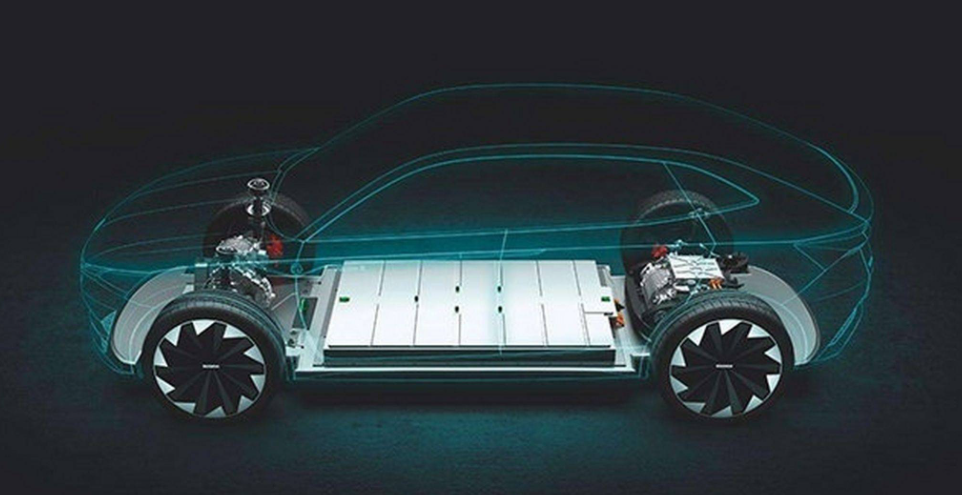
However, the main reason for the sudden popularity of sodium-ion batteries is that lithium mines and processing facilities are struggling to keep up with the growing demand for electric vehicle batteries. Although the Earth's reserves indicate that the crust contains large amounts of lithium that could be used in billions of electric vehicles, mining and processing materials such as lithium remains a huge challenge. As the demand for electric vehicles increases, so does the demand for lithium, leading to higher prices.
If sodium-ion batteries enter the market due to cost and material availability, they could put competitive pressure on lithium batteries. However, it will not be easy to produce and market the new battery technology, especially with lithium-ion batteries already dominating the market. Sodium batteries could appear in China's electric vehicle batteries as early as the end of this year, but it may take longer to replace lithium batteries. Instead, the battery market is likely to diversify, offering more battery options for different situations.

 简体中文
简体中文 Russian
Russian French
French German
German Japanese
Japanese Korean
Korean Arabic
Arabic Spanish
Spanish